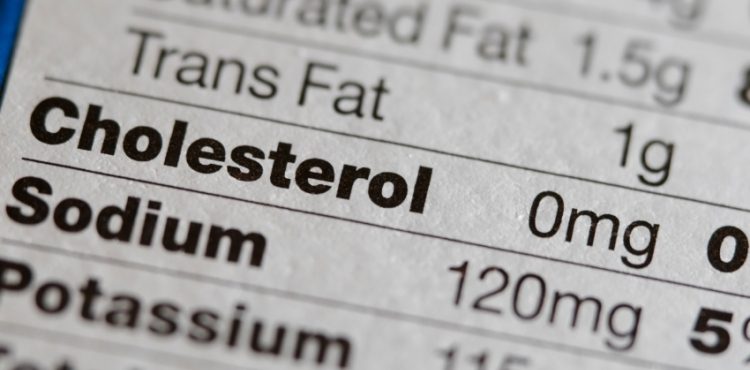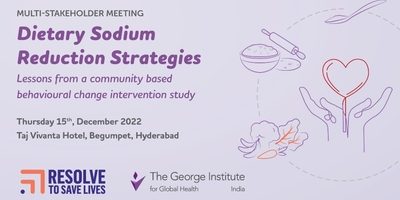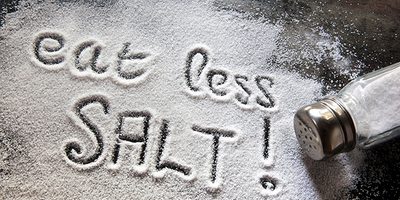
Developing a national salt reduction program for India
The World Health Organization has estimated that, of the total 57 million deaths worldwide in 2008, two-thirds were caused by non-communicable diseases, further projected to rise to three-quarters (44 million) by 2020.
Excess dietary salt intake is well established as a leading cause of high blood pressure and associated cardiovascular disease, yet current salt intake in most populations worldwide is approximately 9–12 grams per day. Salt reduction is one of the most cost-effective, feasible, and affordable strategies for cardiovascular disease prevention which would see a potential 1.65 million cardiovascular disease-related deaths prevented each year. The Government of India has committed to achieving a 30 per cent reduction in salt intake by 2025. The overall aim of this project was to develop the evidence for a national salt reduction program tailored to the specific social and economic circumstances of India. What is now required is a synthesis of available evidence to inform a national salt reduction strategy.
Methods
A comprehensive stakeholder analysis was conducted in India with government, industry, academia, consumers and non-governmental organizations. This was done in conjunction with cross-sectional population surveys of 1395 individuals in urban, urban slum and rural areas of North and South India. Baseline population sodium intakes and knowledge, attitudes and behaviours relating to sodium were assessed and main sources of salt in the Indian diet were identified using a dietary survey. A branded food composition database, which includes information about the nutritional content of processed and fast foods, was also established.













